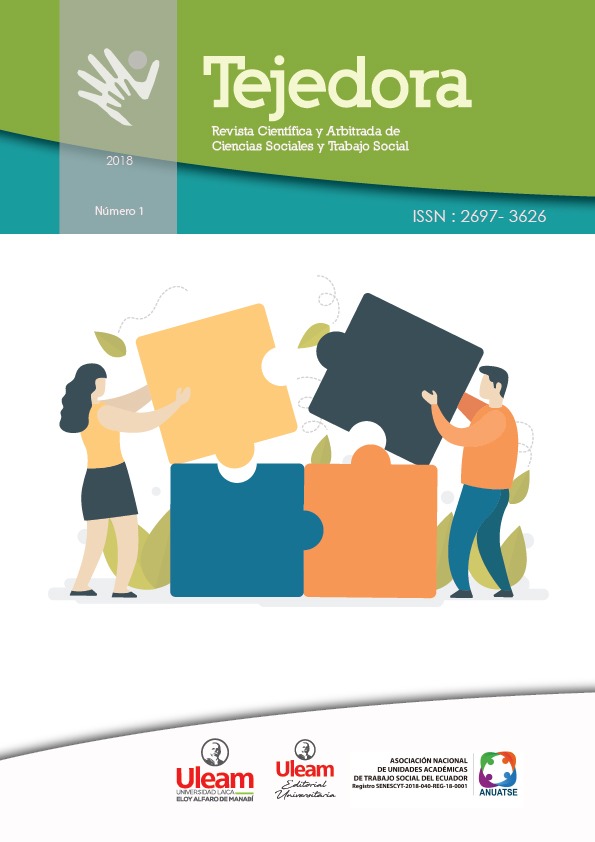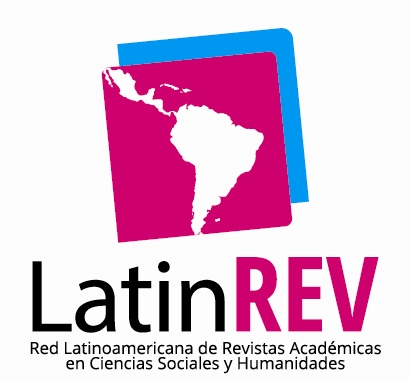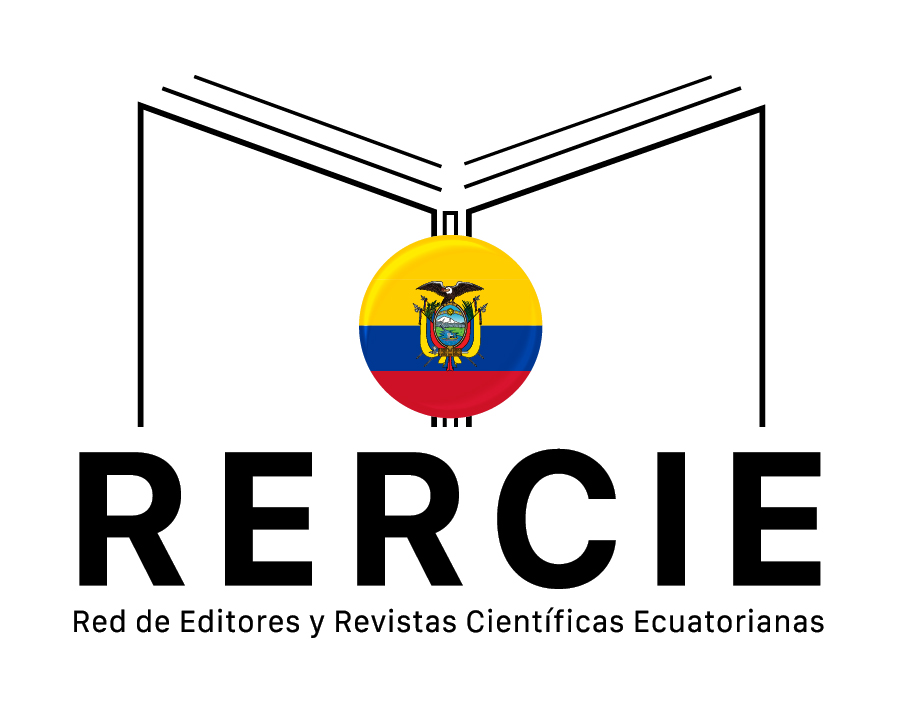CUTTING IN EDUCATIONAL INSTITUTIONS AND ITS PREVENTION THROUGH SOCIAL WORK
DOI:
https://doi.org/10.56124/tj.v7i13.004Keywords:
Cutting, Intervention, Youth, Prevention, Social WorkAbstract
When personality develops, dystonic forces may arise, causing confusion due to the influence of the social environment, which is evident in the practices that may emerge as a result. Cutting has garnered attention due to its impact on mental health and individuals' well-being. Young people are the most susceptible to this practice, and it is more prevalent in educational institutions. As a result, 1 in 4 admitted to self-harm, 6 in 10 claimed to know cases of cutting, and more than half admitted to having little or no information about this issue. This finding indicates a lack of knowledge and understanding of cutting in educational institutions, as well as a lack of information and awareness that hinders the prevention of this practice and providing necessary support to students in need. It is essential to provide students with accurate information about cutting, including its causes and prevention and support strategies, especially through Social Work, as they are the ones who identify social issues and, based on their diagnosis, can design intervention measures
Downloads
References
Barnett, E., & Casper, M. (2001). A definition of "social environment". American journal of public health, 91(3), 465. https://doi.org/10.2105/ajph.91.3.465a
Bordignon, N. A. (2005). El desarrollo psicosocial de Eric Erikson. El diagrama epigenético del adulto. Revista Lasallista de Investigación, 2(2), 50-63. http://www.redalyc.org/articulo.oa?id=69520210
Cívicos Juárez, M. A., González González, A., González, B. P., & Hernández Hernández, M. (2006). Análisis de funciones del Trabajador Social en el campo educativo. Acciones e investigaciones sociales, 1 [Extraordinario], 453. https://dialnet.unirioja.es/descarga/articulo/2002450.pdf
De la Sancha Villa, E. O., Meraz Meza, E., Cervera Delgado, C., Martí Reyes, M., & Colorado Hernández, J. L. (2020). Autolesiones en estudiantes de Secundaria: incidencia y factores circundantes. Apuntes de Psicología, 38(1), 23-33. https://hdl.handle.net/11441/111526
Guerra-Báez, S. P. (2019). Una revisión panorámica al entrenamiento de las habilidades blandas en estudiantes universitarios. Psicologia Escolar e Educacional. https://doi.org/10.1590/2175-35392019016464
Guevara, G., Verdesoto, A., & Castro, N. (2020). Metodologías de investigación educativa (descriptivas, experimentales, participativas, y de investigación-acción). RECIMUNDO, 4(3), 163-173. https://doi.org/https://doi.org/10.26820/recimundo/4.(3).julio.2020.163-173
Hernández Sampieri, R., Fernández Collado, C., & Baptista Lucio, M. (2017). Metodología de la Invstigación. . México D.F.: McGRAW-HILL / INTERAMERICANA EDITORES, S.A. DE C.V.
Hernández-Ávila, C., & Carpio, N. (2019). Introducción a los tipos de muestreo. Alerta, Revista científica Del Instituto Nacional De Salud, 2(1), 75-79. https://doi.org/https://doi.org/10.5377/alerta.v2i1.7535
Ministerio de Educación. (2014). ¿Qué son los DECE? Ministerio de Educación: https://educacion.gob.ec/que-son-los-dece/
Navarrete Puentes, N. (2016). El papel del trabajo social en el ámbito educativo. Folios de Humanidades y Pedagogía(83), 37-46. http://hdl.handle.net/20.500.12209/6978
Rodríguez Álava, L. A., Loor Zamora, M. J., & Durán Pico, U. C. (2018). El Trabajo Social Educativo: Perspectiva desde el Departamento de Consejería Estudiantil . Revista Científica Sinapsis, 1(12). https://doi.org/10.37117/s.v1i12.135
Sánchez, A., & Murillo, A. (2021). Enfoques metodológicos en la investigación histórica: cuantitativa, cualitativa y comparativa. Debates por la historia, 9(2), 147-181. https://doi.org/https://doi.org/10.54167/debates-por-la-historia.v9i2.792
Subsecretaria de Calidad y Equidad Educativa. (2015). Modelo de Atención Integral de los Departamento de Consejería Estudiantil (DECE). Ministerio de Eduación.
Torres, M., Paz, K., & Salazar, F. (2019). Métodos de recolección de datos para una investigación. Facultad de Ingeniería - Universidad Rafael Landívar Boletín Electrónico(3). http://biblioteca.udgvirtual.udg.mx/jspui/handle/123456789/2817
Vázquez López, P., Armero Pedreira, P., Martínez-Sánchez, L., García Cruz, J. M., Bonet de Luna, C., Notario Herrero, F., Sánchez Vázquez, A. R., Rodríguez Hernández, P. J., & Díez Suárez, A. (2023). Autolesiones y conducta suicida en niños y adolescentes. Lo que la pandemia nos ha desvelado. Anales de Pediatría, 98(3), 204-212. https://doi.org/10.1016/j.anpedi.2022.11.006
Zaragozano, J. F. (2017). Autolesiones en la adolescencia: una conducta emergente. Boletín de la sociedad de pediatría de Aragón, La Rioja y Soria, 47(2), 37-45
Published
How to Cite
Issue
Section
License
Copyright (c) 2024 Revista Científica y Arbitrada de Ciencias Sociales y Trabajo Social: Tejedora. ISSN: 2697-3626

This work is licensed under a Creative Commons Attribution-NonCommercial-ShareAlike 4.0 International License.






















